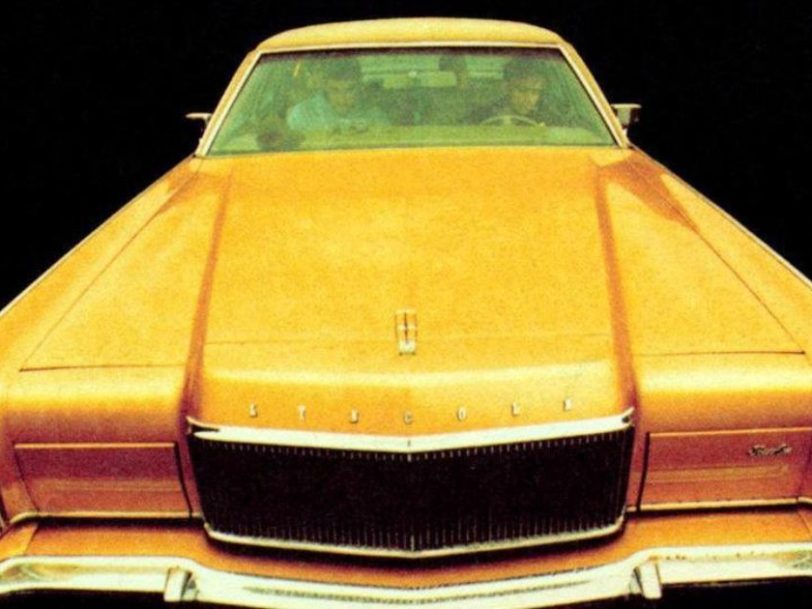When Blur recorded Song 2, they initially thought of it as a joke – something they could use to frighten their record label during discussions about their fifth album. But when the label bosses decided Song 2 had “hit” written all over it, the joke was on Blur. From recording to release, parody to picking a name, here’s the story of how a quick gag became one of Blur’s most famous songs.
Listen to the best of Blur here.
The backstory: “I think I’m in a mid-pop-life crisis. Pop makes me very sick”
Blur were almost in tatters when it came to recording the follow-up to their fourth album, 1995’s The Great Escape. Its lead single, Country House, may have won them the “Battle Of Britpop” when it beat Oasis’ Roll With It to the No.1 spot in the UK, but the image of Blur that Country House’s promo video projected, and the pressure of having to promote and tour another album less than a year after wrapping up duties for their breakthrough record, Parklife, threated the group’s stability. “We didn’t really hang out anymore,” frontman Damon Albarn admitted in the Blur documentary No Distance Left To Run.
“I think I’m in a mid-pop-life crisis,” guitarist Graham Coxon said in the wake of The Great Escape’s release. “Pop makes me very sick.” Seeking to recapture some of the edge he felt the band’s music had lost, he wrote Albarn a letter – “something about the music and everything getting a bit, you know – we’re tired, we need a rest. I wanna make music that scares people again,” he told the documentary filmmakers.
“I don’t know what he thought about what I wrote,” Coxon reflected a quarter of a century later, in his memoir, Verse, Chorus, Monster!. “It was a conscious effort to reconnect, at a time when none of us were communicating on an emotional level with each other. No one wanted to acknowledge or discuss the fact that Blur increasingly felt like a business venture.”
To the cameramen filming No Distance Left To Run, Coxon explained, “I needed to be nourished, I suppose, as a guitar player, and there was none of that happening in English music.”




